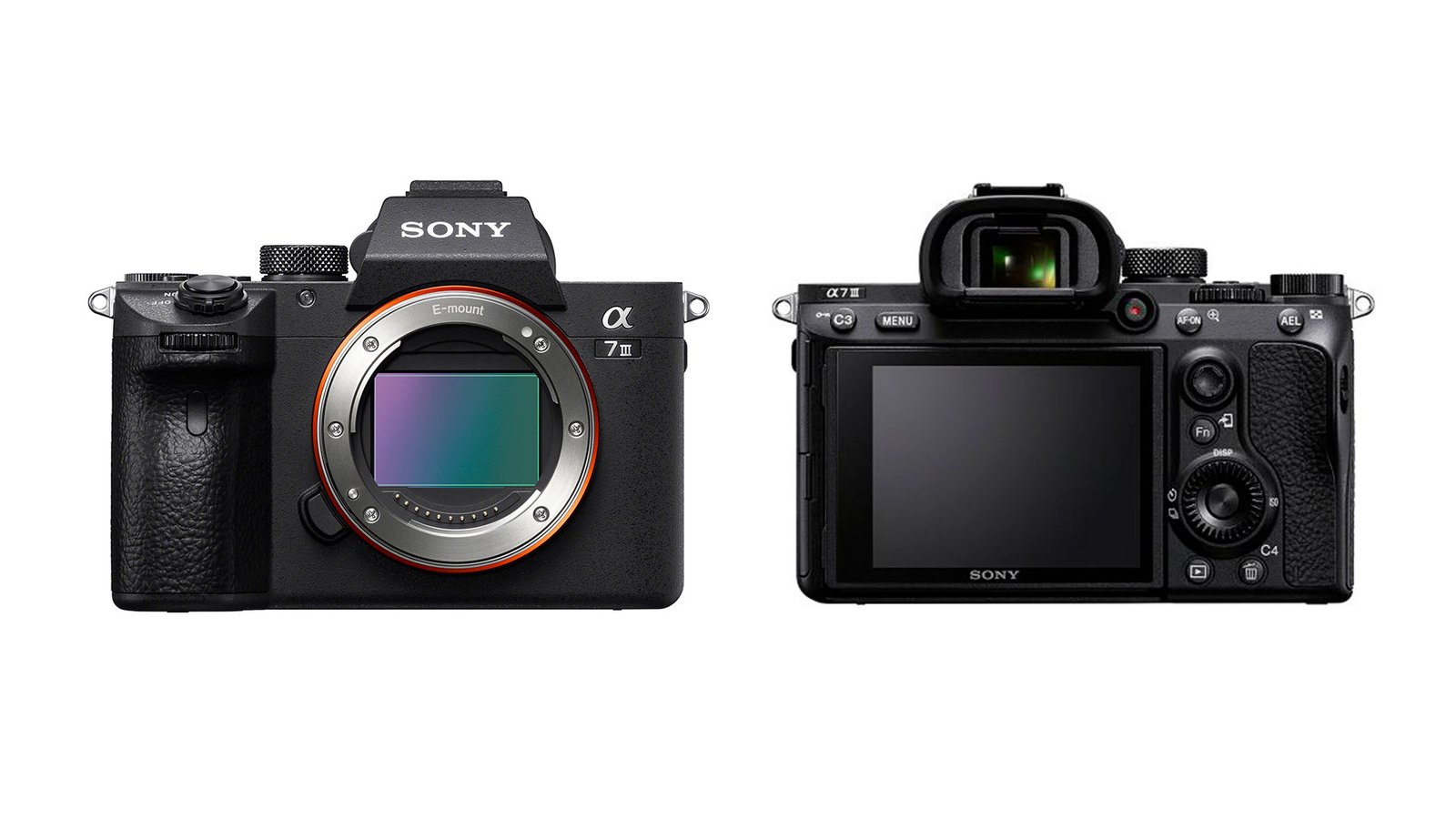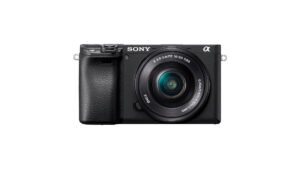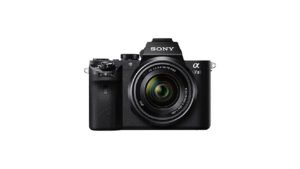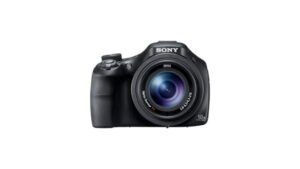
The ultimate mirrorless camera, if you are an average user who wants the best quality at the best price then the Sony a7 III is the camera for you. Amongst some of the features that make it stand out are its shooting speed and focus, and above all its battery life, and all this for less than €2000.
Sony a7 III features and specifications
In this table we will show you the main features of the Sony a7 iii model, both in photography and video, and then we will show you its quality in practice.
SONY A7 III | |
SENSOR | CMOS Full Frame of 24mpx |
PROCESSOR | Bionz X |
FOCUS (AF) | 693-point hybrid and 4D technology |
VIEWER | 2.3mpx OLED and 100% coverage |
SCREEN | 921.600 points |
ISO | 100 to 51,200 (extended 50 to 204,800) |
SHOOTS FOR SECOND | 10 FPS |
MAXIMUM CONTINUOUS BURST | 40 uncompressed RAW |
STABILISER | 5 exes |
STORAGE | 2 SD |
DYNAMIC RANGE | 15 stops |
VIDEO RESOLUTION | 4K to 30p and 100mb |
CONNECTIVITY | USB 3.1, WIFI, Bluetooth 4.1 y NFC |
BATTERY | 650 shoots |
MONT | Sony E |
WEIGHT | 650 g |
STARTING PRICE (BODY) | 2300€ |
Construction and Ergonomics
This is the third release of this model and therefore there are several changes or modifications, especially in the one related to the battery part. Having a larger battery gives us a better grip as we have more surface to put our hand on when shooting. With this change the camera is slightly larger than the previous one, but it gives us in exchange a better ergonomics.
In terms of construction the camera still feels like a good machine, although the sealing is still a far cry from different models from other brands, and although it can withstand light rain we wouldn’t test it in more adverse conditions.
En cuanto a la construcción la cámara se sigue sintiendo una buena máquina, aunque el sellado sigue estando lejos de diferentes modelos de otras marcas, aunque resiste una lluvia ligera no la probaríamos en condiciones más adversas.
Focus
This is undoubtedly the clear point where the camera seems different, and thanks to copying the focusing system that the Sony a9 has, the Sony a7 iii has gained a lot compared to its most direct competition and above all to its previous version. Now we don’t feel that we are looking at an entry-level camera, but at a very good camera. The 693 hybrid focus points help you never lose focus under virtually any circumstances, and the improved focus on the face and eye means that manual portraits will be a thing of the past.
Quality and performance
In terms of quality we did not notice an excessive increase in quality as we still have the same megapixels, although we can see that in adverse conditions, especially in terms of ISO, we noticed a great improvement. However, in ideal conditions the camera still performs very well and has a very good sharpness.
Batery
The biggest evolutionary leap for this camera, apart from the focus, is in the battery. The Sony a7 III has managed to almost double the amount of photos we could get from the previous camera, all thanks to the new Sony NP-FZ100 battery, setting the bar very high for its competitors, as this was the most sensitive point of the Evil or Mirrorless cameras.

Upgrade Sony a7 III
As with all Sony mirrorless cameras, the Japanese brand makes software and firmware updates available to the user. It should be noted that these cameras are very dependent on the technology and therefore the relevant updates, to access them you must enter here.
Sony a7 III configuration
If there is one thing that this camera is not up to par with the rest of its family, it is the menu. So as it is very cumbersome, we recommend that you make some modifications beforehand so that you have the best possible quality. The first thing is to change the format of the image, which will be in JPEG, and will go to RAW or JPEG and RAW. After we have the format, we will go to the colour space part and change from Adobe SRGB to Adobe RGB, in order to have as many colours as possible in our photograph.
Memory cards for the Sony a7 III
To know which cards to put in a camera, specifically one that has such a fast burst rate, is the amount of pictures you can take per second and the size of them. In the case of the Sony a7 III, it is capable of shooting 10 pictures per second at 24mpx. With RAW files of approximately 23.8mb, that’s 240mb seconds. This gives us the exact figure for the writing speed of our next SD card. We always recommend to use well-known brands such as Sandisk, Sony or Lexar.



Time-lapse with the Sony a7III
The Sony a7 III is probably one of the best cameras for time-lapse, if not the best. First of all because of its resolution, with 24mpx we will have a resolution that will allow us to take video qualities up to 8k, or opt for 4k and be able to crop to make effects that do not depend on having so many sliders. To make a time-lapse, we recommend that you have the camera very well configured. Since in most cases we will opt for the JPG format and we know that it doesn’t allow too much developing. We will leave the white balance on automatic, so that it adapts to the light as the hours go by. For the rest we will have to use an intervalometer and an editing program to stack the images like After Effects.
Images of the Sony a7 III
Here are some examples of amateurs who have taken pictures with this camera so you can see the quality it has.
Opinion
In general we are talking about the first Evil or mirrorless camera that is able to stand up to all SLR cameras on the market. This has led to a change in the market trend and the situation of other camera brands with their mirrorless camera announcements. An incredible approach, but with the same quality as always, would be the perfect phrase to define this change of model.







